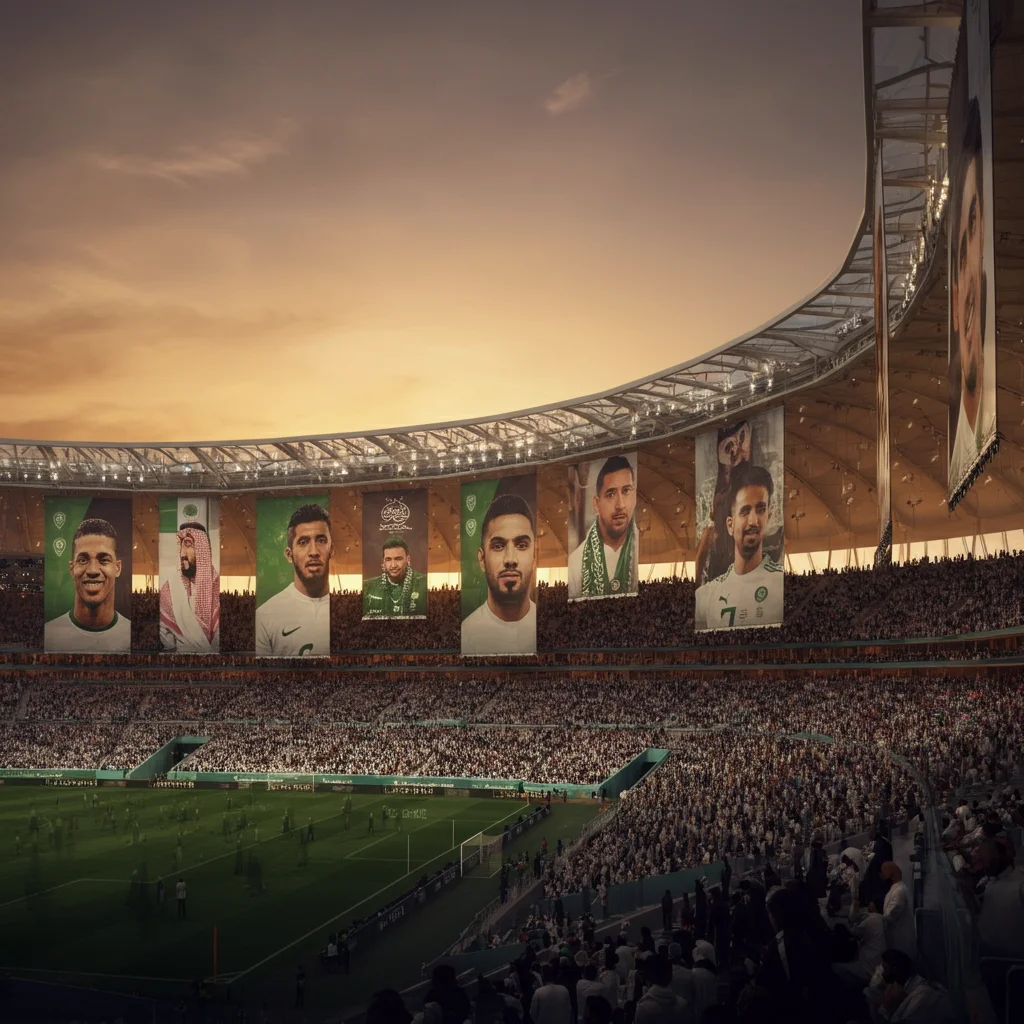The Saudi Pro League has become the talk of the football world, transforming from a relatively obscure regional competition to a disruptor challenging the dominance of Europe’s elite leagues. With record-breaking signings and a clear vision funded by immense resources, the league has grabbed the attention of fans, players, and clubs globally.
But how has this shift happened? From eye-catching transfers to strategic state-backed funding, this blog dives into the factors propelling the Saudi Pro League into the international spotlight. We’ll also explore its impact on the global football landscape, what’s motivating players to make the move, and the challenges the league must face to sustain its meteoric rise.
2023–2025 Key Signings
Big Names, Big Contracts
Over the past few seasons, the Saudi Pro League has shocked the football world with signings that would have seemed impossible a decade ago. From Cristiano Ronaldo joining Al-Nassr in early 2023 to stars like Karim Benzema, N'Golo Kanté, and Neymar following suit, the league has made a bold statement.
These transfers are not limited to marquee signings for media headlines; they include solid, high-caliber players like Ruben Neves, Sergej Milinković-Savić, and Aleksandar Mitrović, who are still at the peak of their careers.
Competitive Salaries
What’s luring these players? The contracts on offer are breaking records. Cristiano Ronaldo reportedly earns $200 million annually when sponsorship deals and bonuses are factored in, dwarfing wages typically seen in Europe. With substantial salaries and incentive-laden contracts, players find the financial offers impossible to ignore.
This aggressive approach is part of a broader strategy to build the Saudi League into an attractive footballing destination.
Financial Backing
The State’s Role
The Saudi Pro League’s rise has been fueled by unprecedented financial involvement from the Saudi Public Investment Fund (PIF). This state-backed fund, one of the largest sovereign wealth funds in the world, now directly owns four of the league’s biggest clubs: Al-Nassr, Al-Ittihad, Al-Ahli, and Al-Hilal.
The PIF’s involvement is not limited to player salaries or transfer fees. It also supports infrastructure development, international partnerships, and global marketing campaigns designed to enhance the league’s reputation.
Vision 2030
Saudi Arabia’s focus on football aligns with its wider Vision 2030 initiative, a state-led project aimed at diversifying the country’s economy beyond oil and improving its global image. By investing heavily in all areas of sports, including football, the nation seeks to become a hub for global cultural and sporting excellence.
Impact on the Global Market
Disrupting European Dominance
For decades, the European leagues have been the undisputed kings of global football, attracting the best talent and dominating the Champions League. However, the Saudi Pro League is beginning to disrupt this dominance by offering an alluring alternative.
European clubs are now contending with a new rival when it comes to retaining their top players or attracting emerging talent. Player agents have found leverage in Saudi offers during negotiations, further shaking up traditional transfer dynamics.
Driving Up Transfer Fees
The Saudi Pro League’s entry into the high-stakes world of global transfers is also having an inflationary effect on the market. Clubs like Al-Hilal paying €90 million for bench-strength players like Malcom signal a willingness to upend conventional valuations.
This influx of money has prompted European clubs to evaluate emerging markets more judiciously, while smaller leagues face the potential of losing top-tier players to Saudi riches.
Player Motivations
Money vs. Competition
The central debate surrounding the exodus to Saudi Arabia revolves around motivation. Are players choosing money over competition? Critics argue that many players are trading competitive European leagues and prestigious tournaments for lucrative paychecks.
However, for some, the move is about more than money—it’s about experiencing a new culture while playing a key role in building a league with global ambitions. For aging players like Ronaldo and Benzema, the Saudi Pro League also offers a chance to remain relevant and compete in an environment less physically demanding than Europe’s top leagues.
Challenges Ahead
Global Acceptance
While the Saudi Pro League has captured headlines, it still faces hurdles in gaining legitimacy on a global scale. One major challenge is its lack of performance in internationally competitive tournaments. Unless Saudi clubs can rival European and South American teams in competitions like the FIFA Club World Cup, skeptics will continue to question the league’s quality.
Sustaining Interest and Competitiveness
Another obstacle is maintaining long-term competitiveness. Reliance solely on marquee signings risks making the league a transient spectacle rather than a sustainable football hub. To keep fans engaged, the league must build strong academies, improve its youth development, and foster local talent alongside foreign stars.
Economic Viability
There are also concerns over the financial viability of building a league with such immense initial investment. While the state’s backing remains strong, questions linger about how long Saudi leaders will support this endeavor before expecting significant returns on their investment.
Will the Saudi League Establish Itself as a Footballing Giant?
The Saudi Pro League’s ambition of joining the ranks of football’s elite is impossible to ignore. It has transformed from a regional contender into a global disruptor in just a few seasons, thanks to state-backed investments and dazzling transfer strategies.
However, the real test lies ahead. Can the league evolve beyond its current reliance on star signings and create a well-rounded, competitive ecosystem? Will it be able to gain a foothold in international tournaments to establish credibility?
For now, it’s safe to say the Saudi league has forced the world to take notice. Whether it can sustain this momentum and solidify its place alongside Europe’s giants remains to be seen. One thing is certain, though—global football will never be the same.



